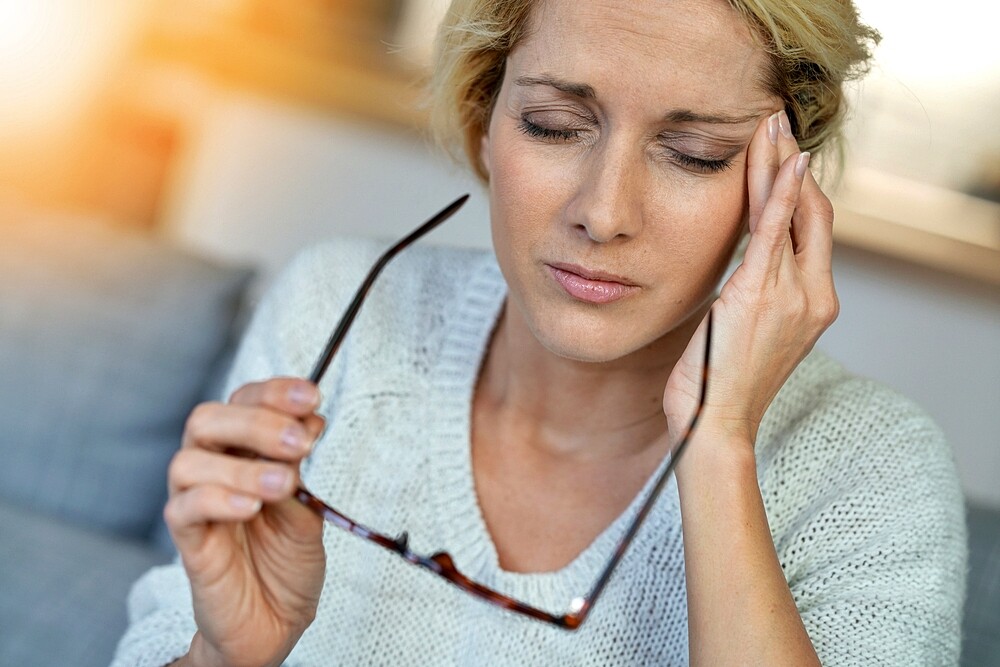Migraine patients not only have headaches – there are other migraine symptoms, some even announce the attack. We reveal the signs.
What is a migraine?
Patients with migraine usually suffer from very severe headache attacks, which often affect only one side of the head and differ significantly from typical tension headaches. Other migraine symptoms such as high sensitivity to light and nausea occur. To date, it has not been fully established what causes migraine. It is also generally not treatable, but various drugs can relieve the pain.
Migraine attacks often happen at least once a month, but stress, hormonal fluctuations and changes in the weather can trigger more than one migraine a month.
Migraine symptoms: Everything at a glance
Many migraine symptoms occur in all those affected, but there are also symptoms that are individual – especially when migraine with aura is diagnosed. The following symptoms are more common in acute migraine:
- Severe to very severe pulsating or throbbing headache – usually only on one side of the head
- High sensitivity to light, noise and odours
- Nausea up to and including vomiting
- During physical activity (climbing stairs is enough) the pain increases
- Loss of appetite
- Dizziness
In migraine with aura, the following additional accompanying symptoms often occur during the migraine attack:
- Visual disturbances, e.g. radiation rings around objects or persons
- Tingling or numbness in the arm or hand
- Speech disorders
Signs before migraine
About one third of those affected report that certain symptoms herald the next migraine. Although these are usually individually different, there are also complaints that often occur. These include:
- Mood swings
- Ravenous hunger
- Gastrointestinal complaints
- Concentration disorders
- Sleep disturbances, resulting in fatigue
Once the headache attack is finally over, however, most patients often do not yet have immediate rest: up to two days after the migraine, they often feel exhausted, tired and very sensitive to pain.
Migraine attack: What to do with migraine?
Unfortunately, there is no treatment for the causes of migraine. The doctor can prescribe medication (e.g. triptans) that can reduce pain in the headache phase, and a remedy should also be taken promptly in the case of nausea. Otherwise, the focus is often on not provoking another migraine attack. To achieve this, you try to reduce possible triggers such as stress and learn relaxation exercises. Extra tip: We reveal some home remedies for migraines here.

